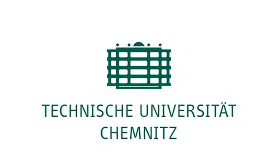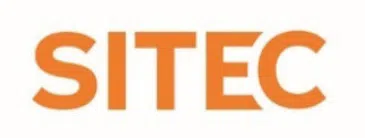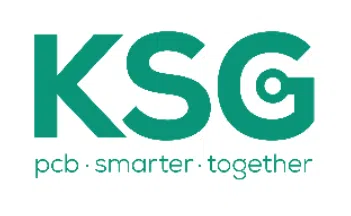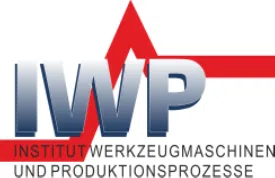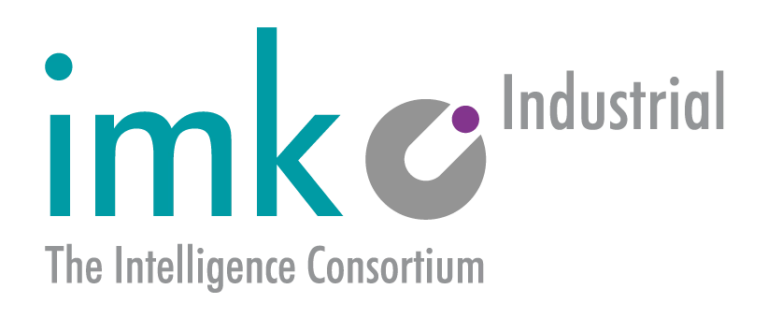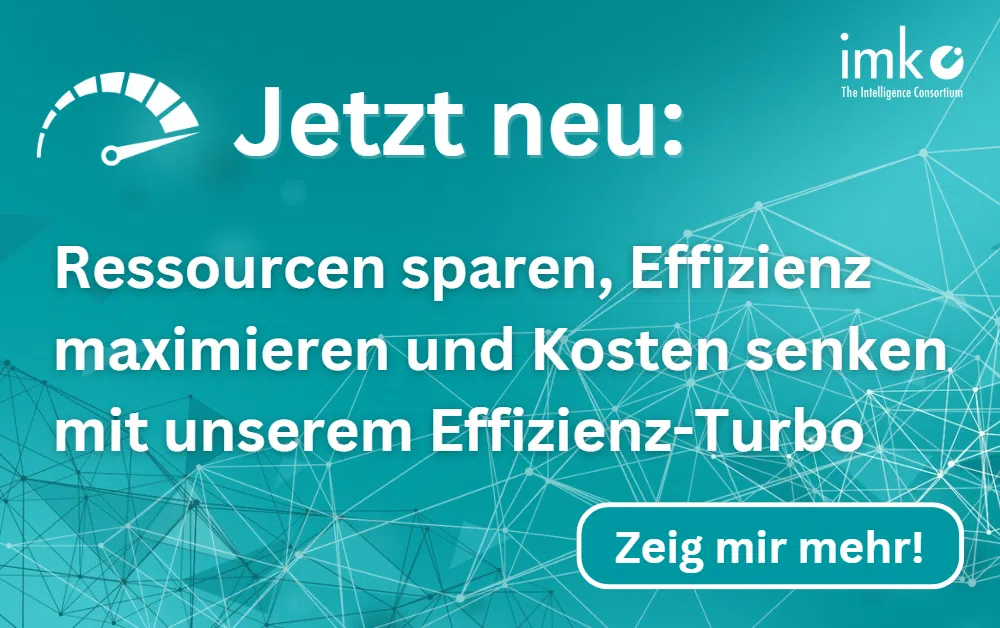Overview
The "MetaSafe" project aims to develop a collaborative and immersive platform as a service in the industrial metaverse that enables the safe planning and monitoring of agile and efficient human-robot workplaces.
Grantor:
Sächsische Aufbaubank - Development Bank - SAB
Funding code:
100722661
Term:
01.12.2024 until 31.05.2027
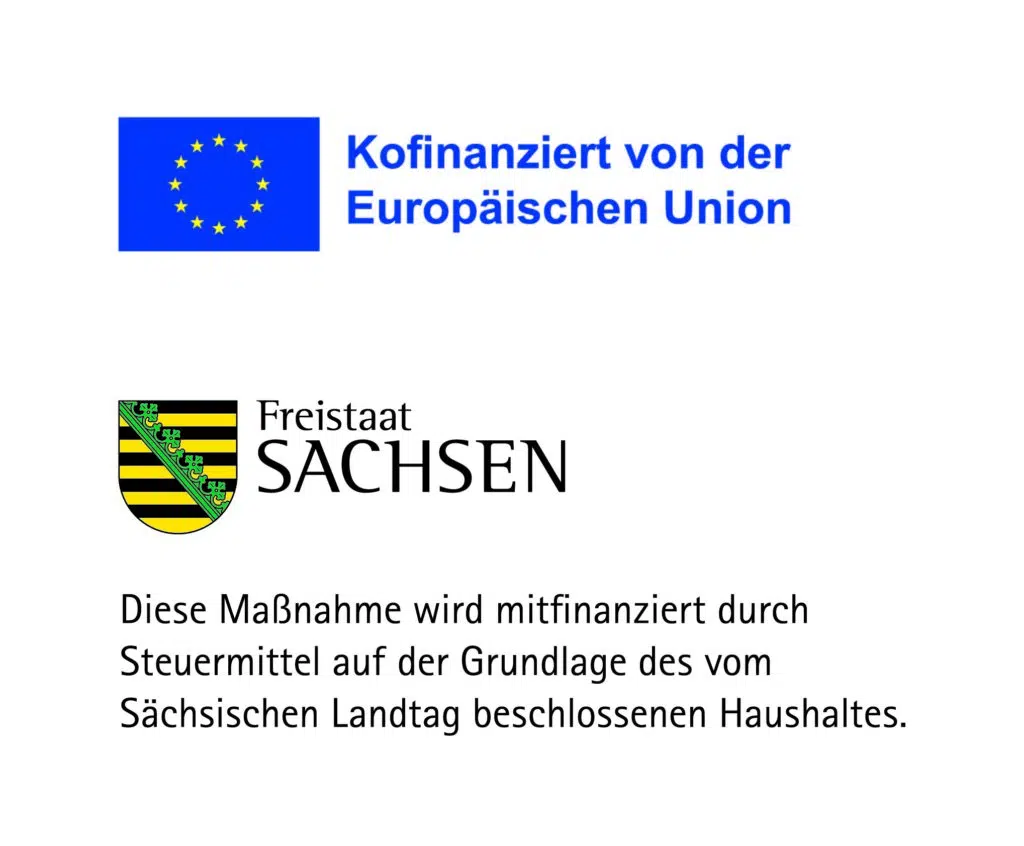
Project content
The "MetaSafe" project is developing a collaborative, immersive platform in the industrial metaverse that enables the safe planning and monitoring of human-robot workstations. At its heart is a digital twin of the work system that simulates human behavior, work processes and sources of danger. Risk and hazard assessments (RB/GB) are carried out in a virtual environment, safety measures are derived and the certification process is accelerated. AI algorithms analyze standards, expert knowledge and best practices for (partially) automated safety assessments. The application is used both on the desktop and in virtual reality and is provided as a digital application in an Industrial Dataspace platform.
Target
The aim is to develop an innovative tool for the digital safety assessment of human-robot collaborations using simulations in the industrial metaverse. The platform is designed to reduce planning and certification costs, identify safety risks at an early stage and promote interdisciplinary collaboration. Through immersive, collaborative work in virtual data rooms, experts will be able to jointly carry out digital risk and hazard assessments. At the same time, a knowledge database will be created that draws on existing projects and supports future planning. Proof of safety is to be supported in future by AI-supported methods and validated with a final expert assessment.
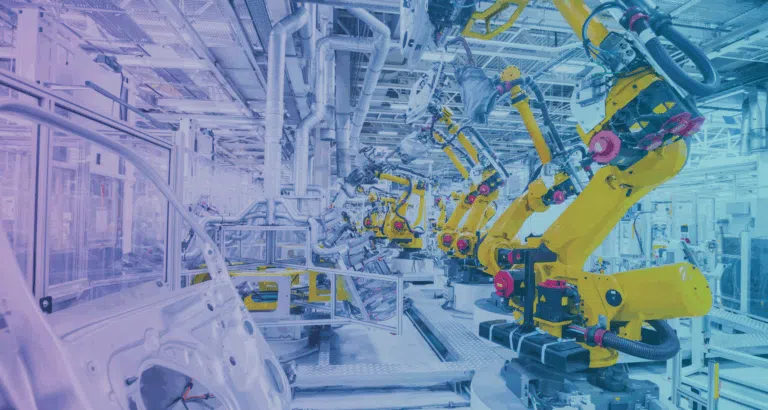
Research focus imk
The research focuses on digital twins for the simulation of work systems, AI-based risk analyses and the integration of these technologies in immersive metaverse environments. The focus is on the development of automated methods for digital RB/GB, the application of machine learning for new safety verifications and the user-centered design of VR work environments. In addition, interfaces to existing planning and documentation systems and to the Industrial Dataspace platform are being researched. Particular attention is paid to interdisciplinary collaboration and the development of standardized, reusable knowledge structures to increase efficiency in planning and safety.
Project partner
